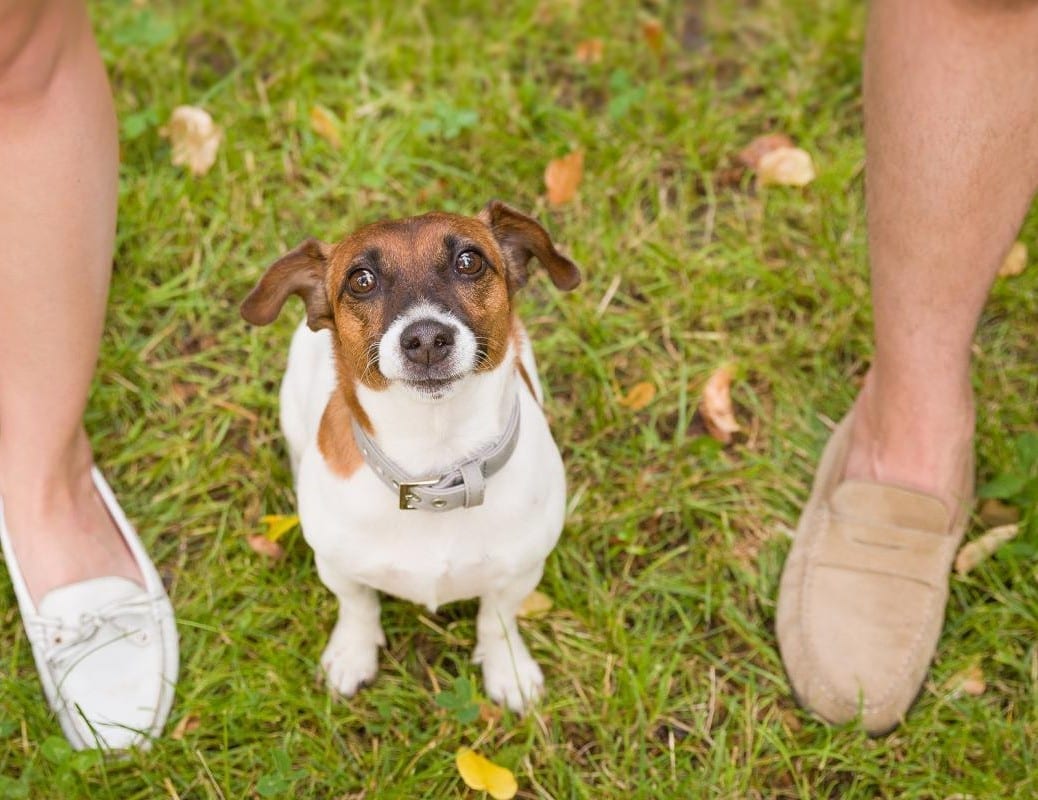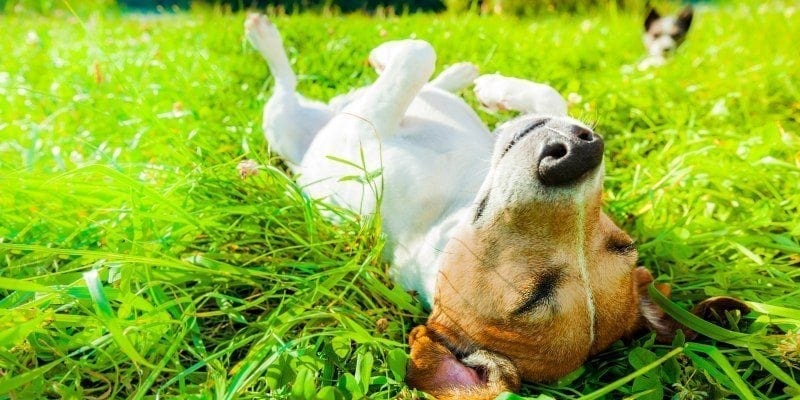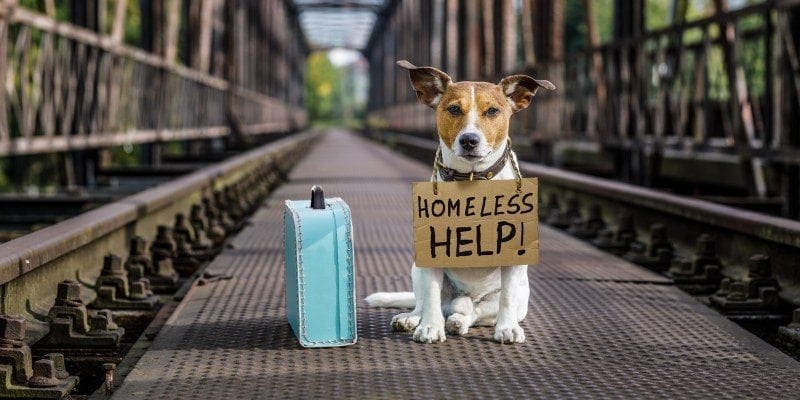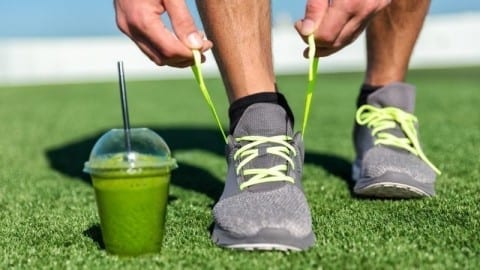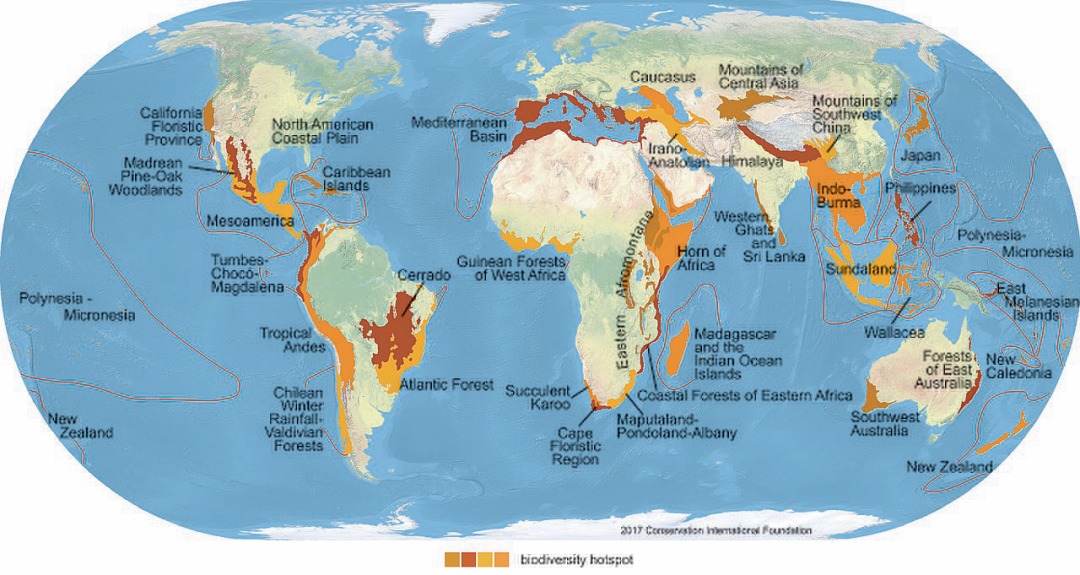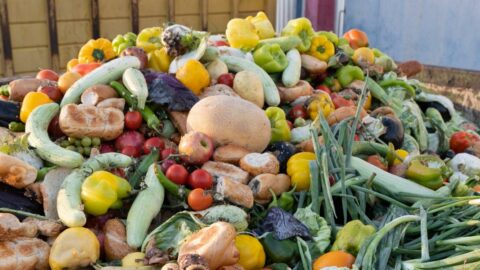Pets depend on us to take care of them, and part of that is making sure that we pet parents provide them with safe products, from natural pet food and non-toxic pet toys to natural flea and tick treatments and pet-safe lawn care. Smart companies are making more eco-friendly pet products available. So, when you go healthy and green yourself, make sure to take your furry family members with you!
Where Do You Find Safe, Eco-Friendly Pet Products?
Natural and sustainable doesn’t mean ineffective. It’s just a matter of finding and sourcing quality natural pet products, whether locally or ordering them online. National retailers like Petsmart and Petco as well as regional stores like Tractor Supply Company often carry things like pet toys and beds made from recycled plastic; many are marked BPA-free as well. If you have a local pet store you favor, see what kind of natural, eco-friendly pet products they have, or what they can get for you.
Non-Toxic Pet Toys and Other Pet Supplies
Inevitably, there are some things you need when you have a pet. For a dog, you’ll need toys, bedding, food and water bowls, and maybe even a pet bed for them to sleep on (instead of your couch.) A cat will also need a litterbox, cat litter as well as a scoop and bags.
Look for an appropriate container to keep your pet’s food dry, clean and free of ants and other hungry bugs. Many are made from recycled plastics and are BPA free. A snap-shut lid and rubber gasket sealing the contents is a good investment.
Pet toys can be found nearly everywhere, but some are better than others. If your dog tends to destroy a toy within minutes, and you toss it to buy another, you’re still adding plastic to a landfill. Look for better-built toys that last longer than the inexpensive variety.
Don’t spend a fortune on the on pet toys, but do buy ones that stand up to pet use. Remember that cats are always happy with a “Cat Catcher 2000”—a simple cardboard box.
Whether you buy them at your local big-box retailer or a specialty pet store, look for pet supplies with:
- Recycled materials (to divert more reusable products out of landfills)
- Bamboo (sustainable wood that re-grows quickly)
- Hemp, wool, undyed or naturally-dyed cotton products for leashes and bedding
- Other natural products
- BPA-free plastics (or stainless steel for bowls and dishes)
- Natural cat litter made from wheat, corn or other sustainable byproducts
Natural, Organic Pet Foods
There’s no shortage of foods available for your pet. Whether cat, dog, fish or bird, you can find a wide range of different foods to choose from. You won’t need to buy the most expensive foods available, but reading labels and looking for specific ingredients (or lack of them) is always important.
One way to be “green” is to buy more pet food at one time. Buying larger packages (or in bulk) helps save on fuel and packaging, and you’ll be less likely to run out unexpectedly when the smaller package runs out.
Eco-friendly pet foods are available, but like your own food, you’ll have to read labels to find out what’s in them. Organic foods are best, depending on what’s available in your area. (Even Tractor Supply Company has their own line of grain-free natural pet foods, dry and canned.) Some foods can cost more than your own, but you don’t have to spend that much. Foods that are free from common allergens (corn, wheat, soy) may be all you need, but reading the company’s website and information will tell you more.
TIP: Do you find yourself with occasional food waste? if you give your pets treats, don’t forget that they’ll be happy to have anything you’re not going to eat. Got some leftover rice or beans you’re probably going to toss? As long as they’re not too old (or molded), your dog will enjoy them just as much as you did the first time around. Bits of hamburger that you’re not interested in? See if the cat’s interested, but be cautious of things that aren’t good for them. Just don’t do that too often, or they’ll expect that healthy “people food” all the time. And if your pet starts getting a little pudgy, it’s time to put them on a little diet.
Eco-Friendly Poop Bags & Cat Litter
Healthier pet food can not only help the environment, but it can also lead to a number of health improvements. But there is one inevitable result no matter what kind of animal you have or food you feed it: poop.
It’s not the most fun part of having a pet around, but one you’ll have to deal with (or you will have other, more complex problems.) And taking proper care of the animal’s by-product is nearly as important as taking care of them.
- Dogs—do you walk your dog outside, or do they hang out in the backyard when it’s time for them to go? Don’t leave it there—pick it up.
- If possible, the best option is to flush waste down the toilet. If it’s not, the next best is to use biodegradable poop bags and drop it in the trash. Leaving it somewhere increases the chance that it will become polluting runoff into lakes, rivers and streams.
- Cats—as previously mentioned, look for cat litter that’s made from sustainable products. The usual type that’s from clay is produced from strip-mining, so it’s not environmentally friendly. Alternate natural versions use more eco-friendly materials and methods.
- World’s Best Cat Litter is made from corn, and offers excellent odor control. Its instant clumping properties make it easier to keep your cat’s litter box clean, and it’s even flushable.
When buying cat litter, go for the unscented type. Scented litters may cover the odor, but it’s irritating for your cat’s little nose. Her highly developed and sensitive smelling may cause her to go outside of the box to avoid being near the “air freshener.”
Natural Flea Treatments for Pets & Home
Another inevitable side-effect of having a cat or a dog is fleas. They bite your animal for its blood, lay eggs and repeat the process. The majority of fleas live in your house and on your lawn, but thrive on your pet. It’s a painful annoyance for pets, but you can stop fleas without using dangerous chemicals.
Most popular flea treatments aren’t environmentally friendly or safe. If you’ve used one that uses a small dot on the pet’s neck, (“spot-ons”) you’ve probably seen the warning to keep children away for at least an hour. Flea “bombs” spray toxic chemicals throughout your house, and you’ll breathe them in. Chemical flea medications can make them, and your pet, very sick. Conventional flea collars aren’t a much better option. But there are better ways to control fleas.
On your pet:
- Dogs—regular washing with nearly any shampoo or natural soap (even dishwashing liquid) will smother the fleas, and they’ll rinse away.
- For a dog who hates baths, consider smearing a little peanut butter on the shower or bathtub wall. If your dog enjoys it and isn’t allergic, Fido will be too busy eating it to be bothered with the bathing.
- If you like the idea of flea collars, but not the chemical composition, LearningHerbs offers this recipe for a dog-only natural flea collar:
- 2 tablespoons peppermint essential oil
- 1/2 cup rosemary essential oil
- 2 tablespoons white cedar essential oil
- 1/4 cup citronella essential oil
- 2 tablespoons eucalyptus essential oil
Soak a natural fiber rope in mixture and let dry for several hours. Tie around pet’s neck. DO NOT use on cats.
- Both dogs and cats: food-grade diatomaceous earth (DE) can be applied down the length of the animal’s spine. (Make sure you’re buying food grade; pool grade is toxic.) The fleas should be gone within 48 to 72 hours, but you can re-apply as needed. If the animal ingests it, the food grade DE is perfectly safe; it’s used for de-worming on farms. If your pet has parasites, feed them a small dose for a few days until they’re gone.
- You can also find natural flea treatments at Petco and Petsmart, both online and in stores, as well as online outlets like Amazon and Chewy, which use non-toxic aromatic ingredients. OnlyNaturalPet also carries a full line of these products and offers advice on the natural approach to flea control. Mother Nature Network has some additional information.
In your home:
- Vacuuming—this helps get fleas from your floors, particularly if you have carpeting.
- Diatomaceous earth (DE)—this old-fashioned remedy is inexpensive, and used in a number of applications, including animal de-worming. But there are two types of DE, “food grade,” which is safe for use in the home, and “pool grade,” which is only for use in swimming pools. This fine powder is the ground-up exoskeletons of diatoms, so neither you nor your animals should breathe it in much. The sharp edges of particles cuts into the flea’s exoskeleton and also absorbs their water, causing dehydration. Unlike an insecticide, fleas won’t develop a tolerance to DE, and it works every time.
Lightly sprinkle it onto carpets and leave it for 4 days, then vacuum, disposing of any bags. Although it will kill the adult fleas, it won’t touch the unhatched fleas, so you’ll need to repeat the process in about four to six weeks.
You can also use DE to kill fleas outside, but you’ll need to use it when the weather and lawn or dry. Moisture causes it to lose effectiveness.
Food grade DE is available in a number of places, online and in stores. DE can also be found at online retailers and stores.
- Borax—not the same as boric acid, which is toxic, and they are not interchangeable. Borax must be used cautiously, and not directly on your pet. It should also not be used around cats, since it can cause breathing problems. You’ll need to keep animals away from carpeting during treatment. Leave it on the carpet from 6 to 22 hours, brushing it in with a stiff brush if necessary. Vacuum thoroughly and dispose of the vacuum bags to keep them from returning. Repeat in four to six weeks to remove the rest of the fleas.
- Eucalyptus—this fragrant tree has a scent that fleas can’t stand, but it can also be toxic to dogs and cats. You can use it a few ways:
- Plant eucalyptus trees on your property (or put them in pots on a patio or other area.) The trees are hardy and grown nearly anywhere, and are very drought tolerant. If you have a dog house, spread some of the leaves around to keep the fleas out.
- At your local craft store, get some inexpensive eucalyptus branches intended for flower arrangements. Break off the stems, and place them around the inside perimeter of your home, preferably where the pets won’t bother them, like behind furniture. You can also put them in glass jars or bottles around your home out of your pet’s reach. The branches give off a nice scent, but the fleas hate it and will stay out.
- Eucalyptus Oil—add ¼ teaspoon into an 8 to 10 ounce spray bottle, and fill with water. Shake to disperse, and spray around the house.
- EarthEasy offers a nontoxic Electronic Flea Trap that attracts fleas with light and collects them with sticky paper under a grid. The fleas are attracted by the light and fall through onto the sticky paper (refills are available for the sticky paper as well.) The trap is priced at $16.95, and the sticky capture pads are $6.95 for a pack of 3, lasing 3 to 6 months each. Use multiples in your home as needed to attract and remove fleas wherever you see them.
Natural Pet Stain Removers
OK, you were on the phone, and didn’t pay attention to Fido’s “outside” cues, and you’ve got something to clean up. What do you do? Don’t fuss at him—it’s not his fault you didn’t take him outside.
Or the cat isn’t happy about something and let you know about it. Because now you can smell it, and you’re wondering why you ever brought that animal in.
Yes, it stinks. But don’t deploy strong chemicals to clean it up. There are greener ways to take care of it. Before your pet has an accident, look for something that uses natural ingredients and doesn’t have synthetic fragrances.
BioKleen’s Bac-Out is a fast, easy solution that will not only clean up the odor but neutralize the smell. Regular household cleaners may clear up any stains, but most will leave behind a strong chemical perfume that dogs and cats can smell past. If you clean up something and they use the same spot again, it’s because they can still smell it. Dogs will go there again because they think it’s a “safe spot.”
To use, scoop up and remove any solid waste, and blot up liquid with either paper towels or towels you’ll use for that purpose and wash later. Spray the Bac-Out, let it sit for five minutes or so, then clean it up, either with towels or with a mop. The lime extract neutralizes the smell so that it’s gone, not just covered. Bac-Out works for any kind of pet accident.
Pet-Safe Lawn Care – Non-Toxic Fertilizers & Bug Spray for the Yard
If you live in a condo or apartment, you and your dog have little control over what goes on the green spots. But if you’re in a home with a yard and a fence, your dog (and cat, if they go out) are at the mercy of any lawn care products you use.
Compost can also be used as a fertilizer, instead of chemicals that can burn your lawn (or your pets.) Cutting your lawn no more than 1/3 of its height and leaving the cuttings for compost/fertilizer is also a natural way to a greener lawn, safely.
EarthEasy offers a selection of natural lawn care and mowing supplies, including a fertilizer and weed killer made from corn gluten, as well as organic fertilizers and seedings. Their collection of nontoxic pest control products includes owl and bat houses, traps for wasps, moths, Japanese beetles and spiders, and the aforementioned Electronic Flea Trap.
Lawn Doctor offers an “organic lawn care service,” with lawn products that are safe for children and pets, using pre-emergent weed control and other natural methods. They also offer pest control, including flea prevention.
Pets & Sustainability: Spay/Neuter & Adopt
Ask anyone who’s worked in vet’s offices, animal shelters and other animal related places, and they’ll tell you that pet overpopulation is real. Having your pet spayed or neutered can go a long way in reducing too many kittens and puppies, as well as the environmental impact they’ll have. Kill shelters are still a fact of life, unfortunately, and even the cutest and most lovable of them may not make it out. Preventing excess litters of animals helps avoid multiple environmental impacts.
Consider your lifestyle, too—if you’re not ready to have a new furry addition to your family, or really can’t devote the time that a dog, cat or other pet needs, don’t get one. It’s harsh, especially when you pass adoption events, but it’s not fair to the animal if you can’t properly care for it.
Adopt A Shelter Pet
Many of the animals that end up in shelters are there through no fault of their own. Owners have changes in their life, and may not be able to take pets with them. Last year’s hurricanes displaced a lot of animals from their owners, and many may still be waiting for a forever home. If you’re thinking about adopting, these “recycled pets” are waiting for you right now.
If you are ready and able to adopt a pet, there are always adoption events at pet stores and local humane society locations. Rescue groups frequently run them, especially the ones at places like Petsmart and Petco. Go online, to Facebook pages or do a search; they’re not hard to find. Occasionally, you’ll find a special price for older animals, or those who have been in the shelter for a while. Some also hold “Clear The Shelter” events to get all their animals into forever homes.
When you buy from a breeder or a pet store, you’ll actually contribute to pet overpopulation by encouraging more breeding. If the animals don’t sell, they could end up in a shelter. The breeder keeps trying for more sellable litters.
Having a more eco-friendly pet is not that much different than going green yourself. It just takes a little thought and searching to make sure you’re making the right decisions for them.
Please note: This article contains Amazon affiliate links. As an Amazon Associate, Republic of Green earns from qualifying purchases. If you follow a link and make a purchase on Amazon, Republic of Green may receive a small commission. There is no extra cost to you. Your support will help us to continue bringing you valuable green content. Thank you!
- How to Create an Urban Garden that Fits in Your Space - May 9, 2022
- Organic Baby: Best Baby Formulas and Baby Care Products - May 9, 2022
- Going Green: Light, Medium and Deep Green - May 9, 2022
